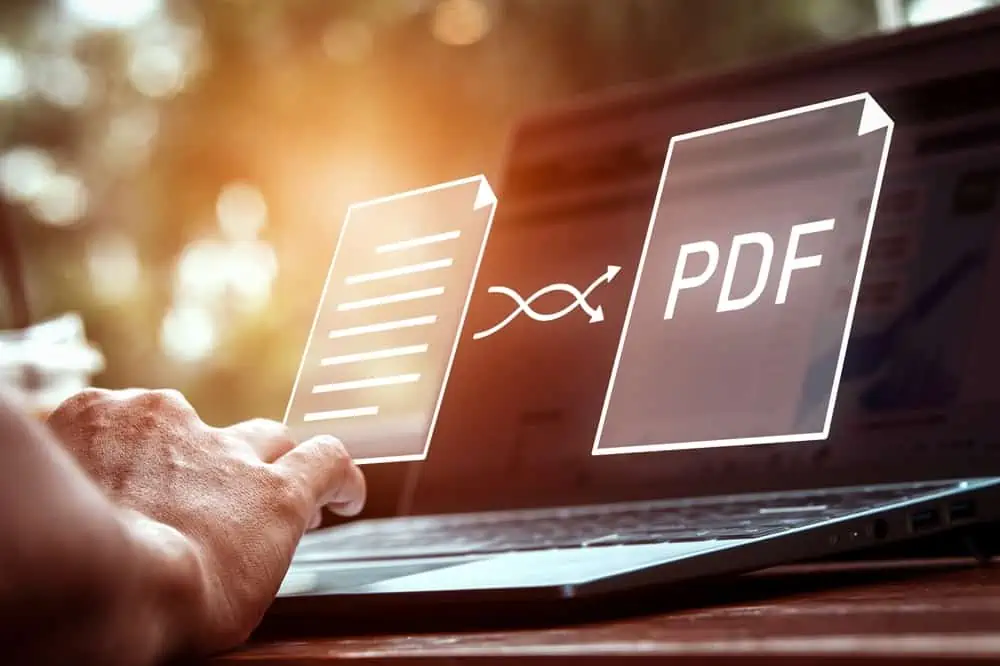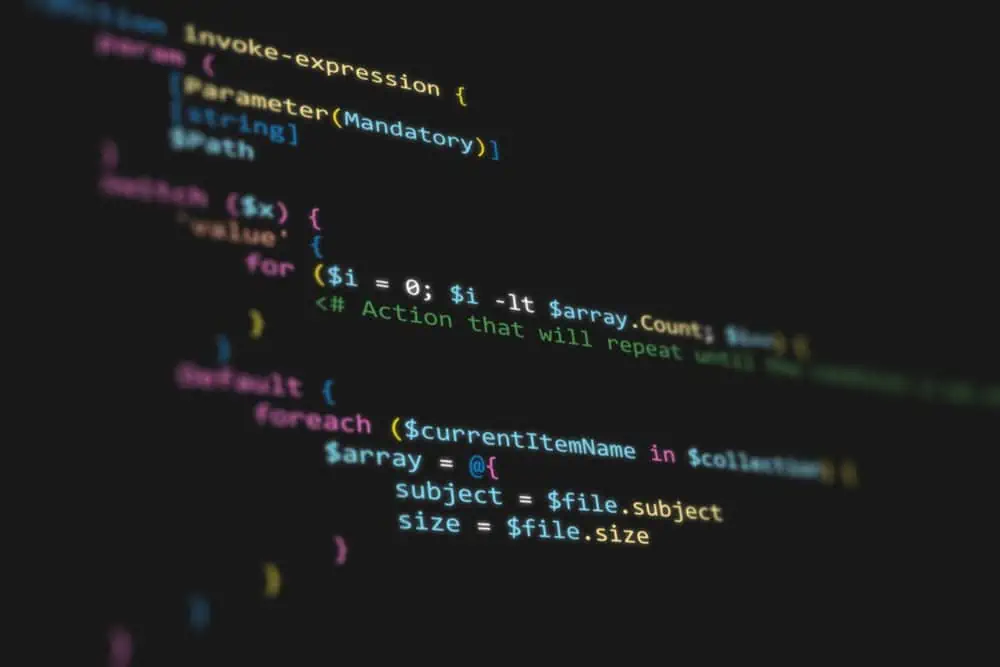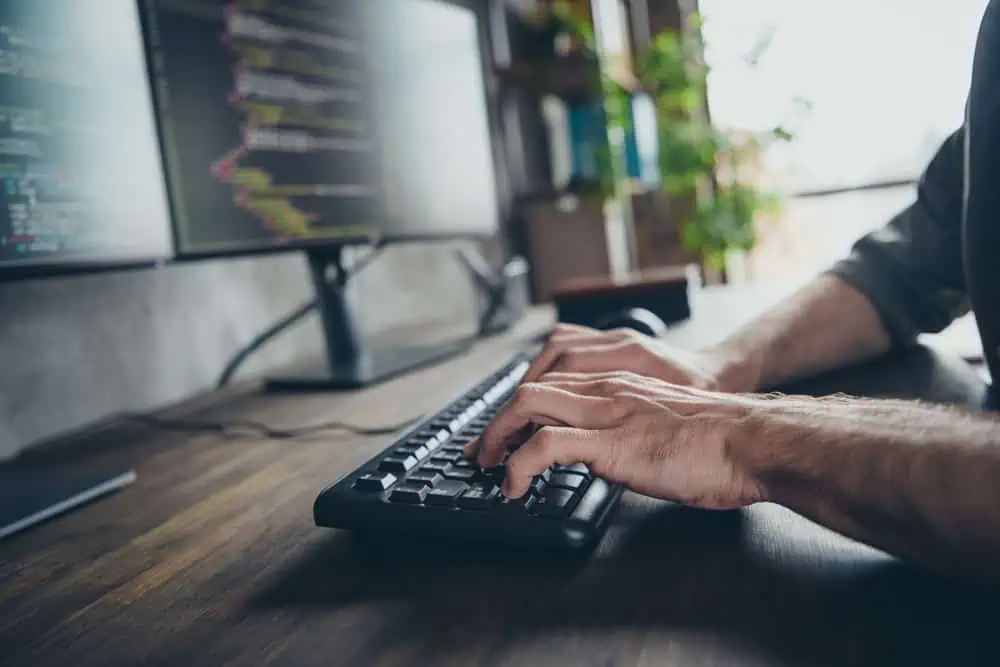Are you struggling with cluttered desktop icons on your Ubuntu computer? If you’re wondering how to delete desktop icons in Ubuntu, this guide makes it easy for you.
Option 1: Remove Desktop Items Through the Context Menu
The quickest and fastest way to remove a desktop icon in the Ubuntu Linux-based operating system is through the context menu. All you have to do is right-click the desktop item you want to delete on your Ubuntu desktop.
Then, select Move to Trash from the options on the context menu that appear.
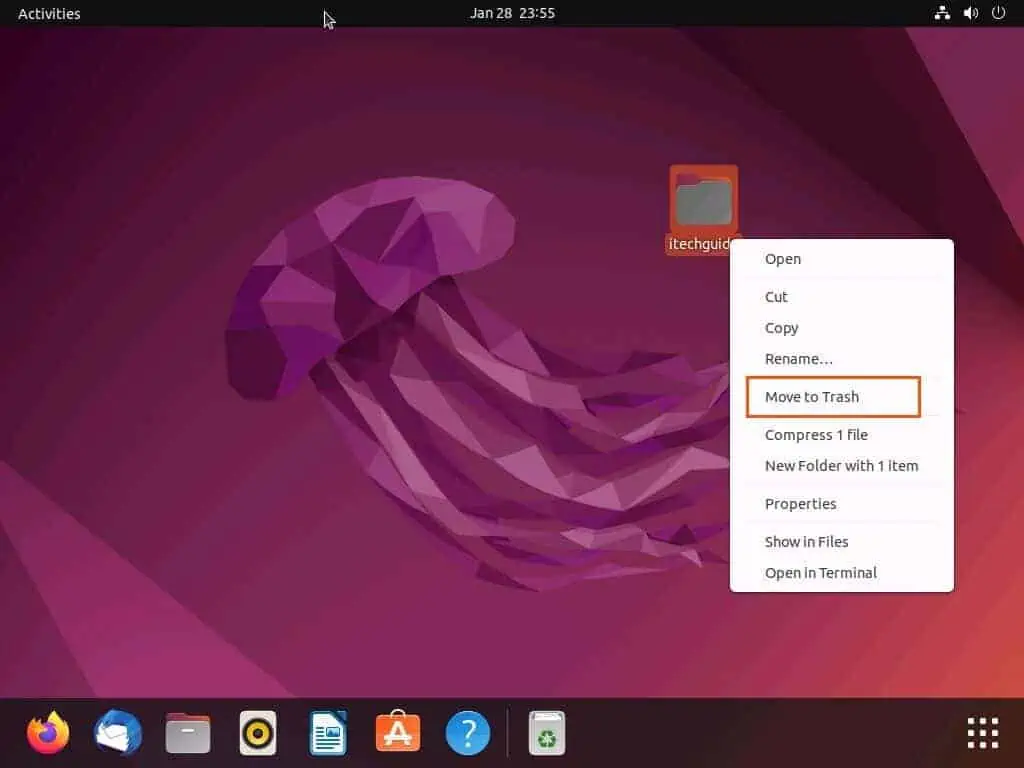
Option 2: Get Rid of Desktop Icons via File Manager
Another way to get rid of a desktop icon on your Ubuntu computer is through the file manager. Follow the steps below to accomplish that.
- Click the Show Applications button on the Ubuntu dock/taskbar. Next, input “files” in the search field and select the Files icon from the search result.
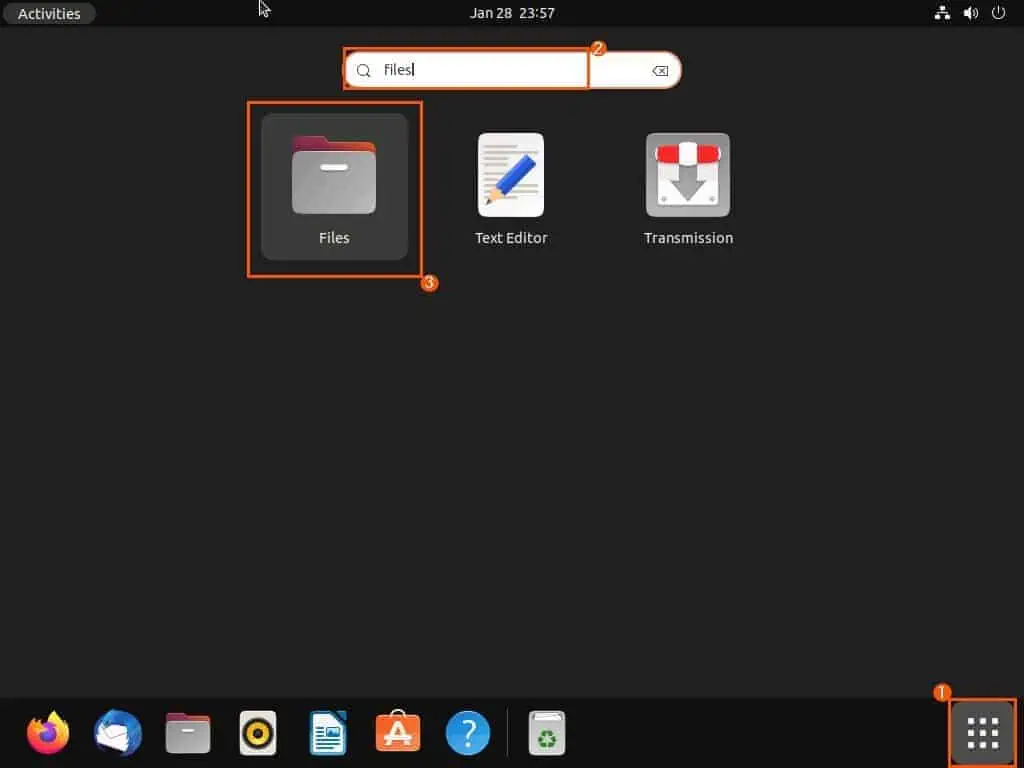
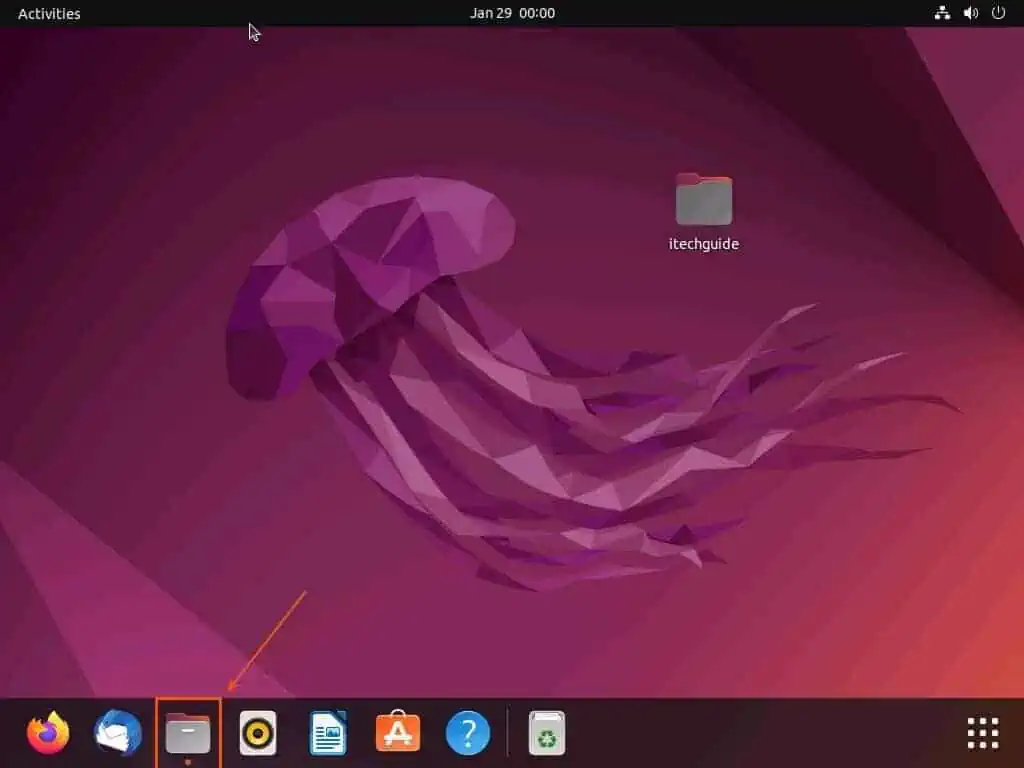
- When the file manager opens, select Home from the left pane options. Next, double-click the Desktop directory in the Home folder to open it.
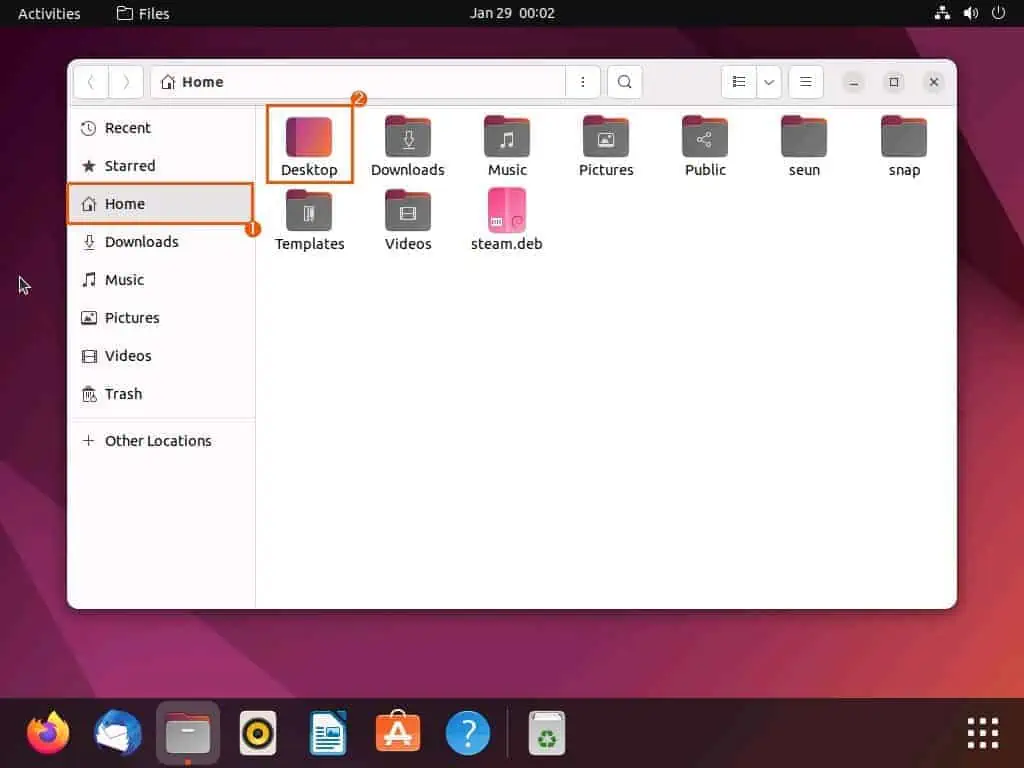
- Finally, right-click the folder you wish to delete in the Desktop directory and select Move to Trash from the displayed options.
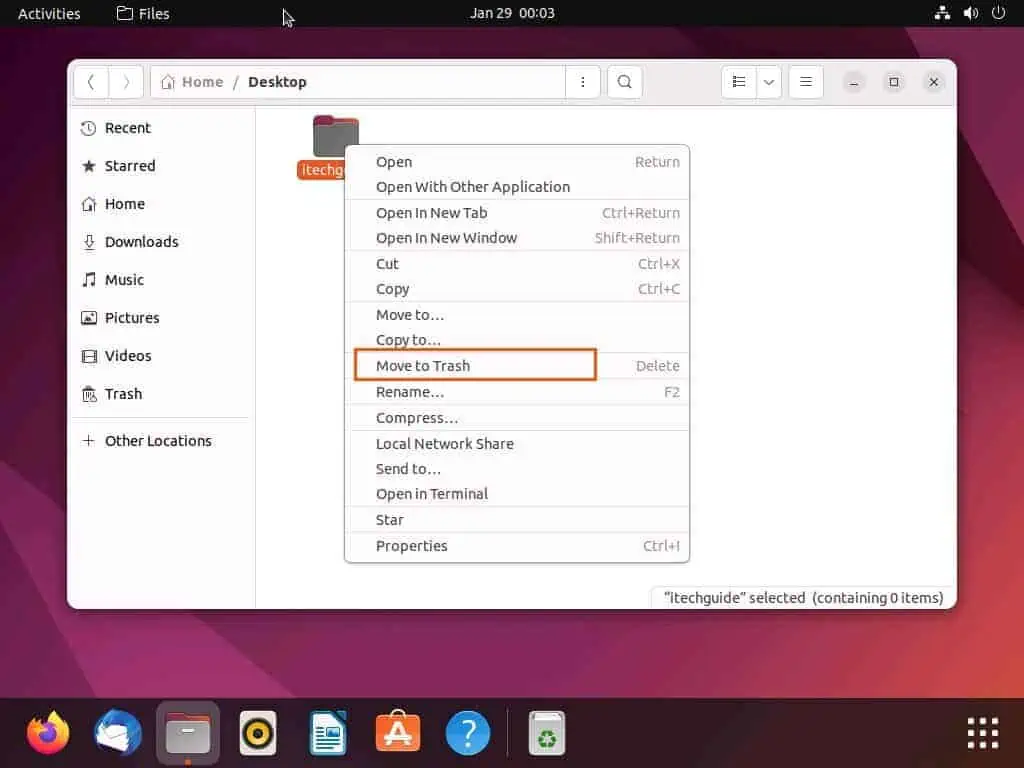
Option 3: Purge the Desktop of Unwanted Items Through the Linux Terminal
Impressively, you can also remove a desktop icon in Ubuntu Linux using the rm command in the terminal. The procedures and screenshot images below will demonstrate how to achieve that.
- Right-click any free area on the Ubuntu desktop, then select Open in Terminal from the options that appear. Alternatively, press the Ctrl + Alt + T keys on your keyboard simultaneously to open the terminal in Ubuntu.
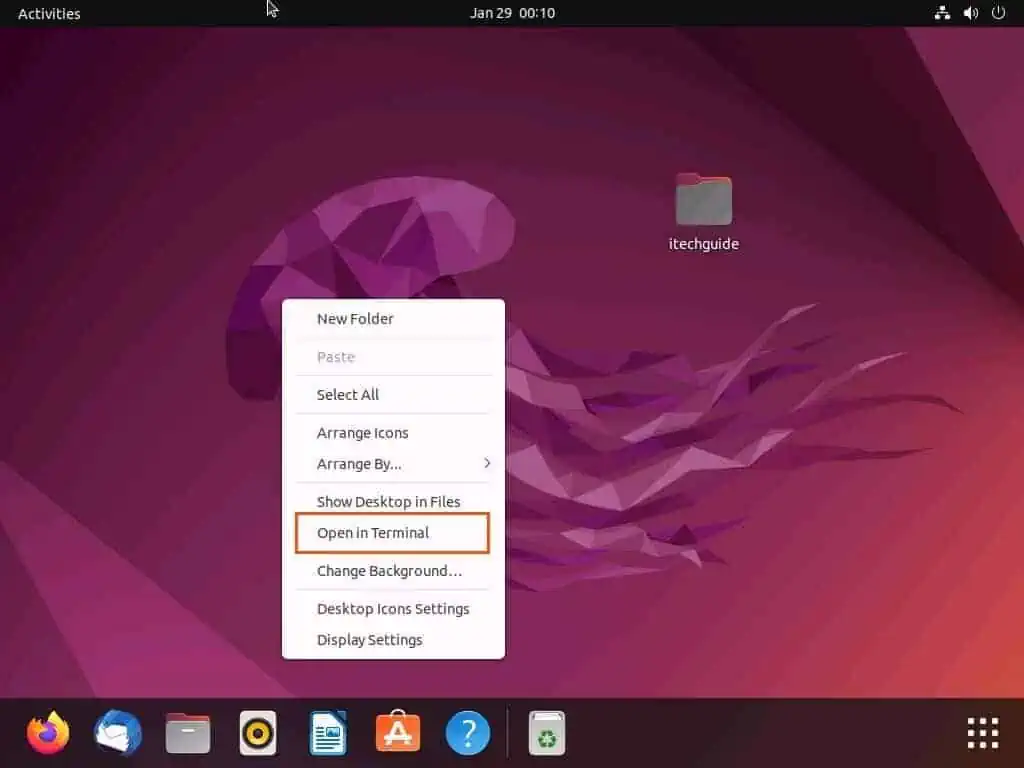
- When the terminal opens, run the command below. However, replace “iconname” with the name of the desktop icon you want to delete.
rm -r iconname
For example, if I want to delete a desktop icon named “steam.deb,” below is what the command should look like.
rm -r steam.deb
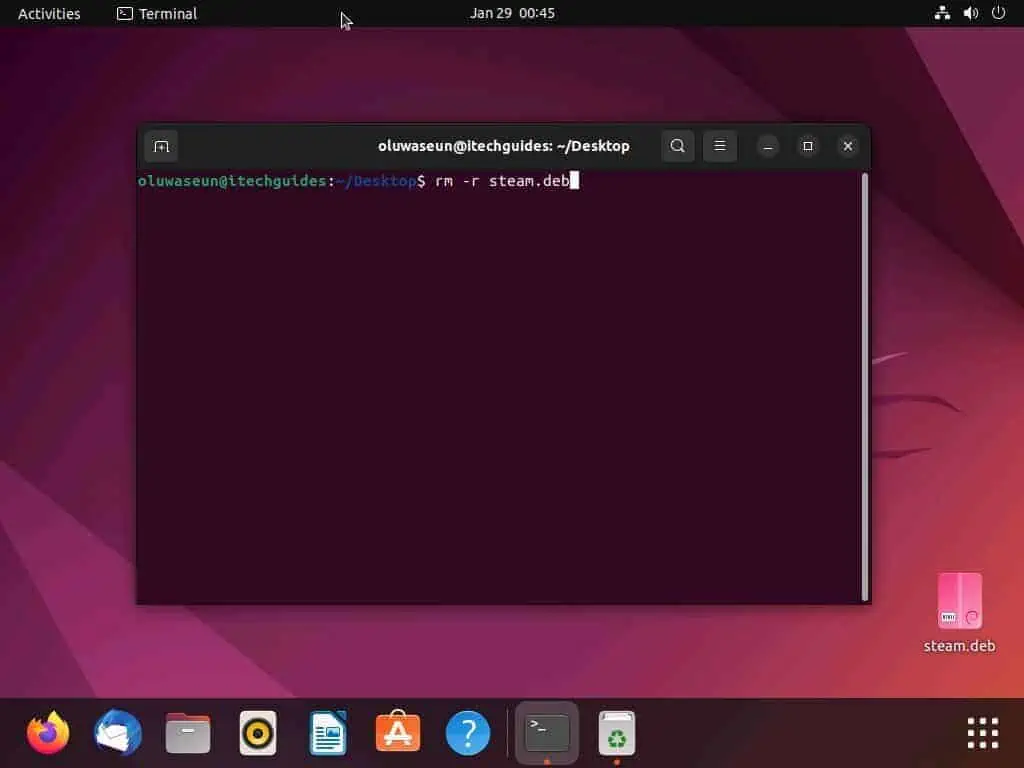
Frequently Asked Questions
Yes, you can create a folder on the Ubuntu desktop. To do that, right-click any free area on the desktop.
Then, select New Folder from the displayed options. Hence, give the folder a name and press the enter key on your keyboard.
No, you don’t need to have administrative privileges to remove a desktop on your Ubuntu computer.
Yes, you can remove an icon on your Ubuntu desktop via the file manager. To do that, follow the steps below.
a) Click the Show Applications button on the Ubuntu dock/taskbar.
b) Next, input “files” in the search field and select the Files icon from the search result.
c) When the file manager opens, select Home from the left pane options.
d) Then, double-click the Desktop directory to open it.
f) Finally, right-click the folder you wish to delete in the Desktop directory and select Move to Trash from the displayed options.
You can use the rm command to remove a desktop icon on your Ubuntu computer. Basically, input “rm -r” (without the quotes) followed by the desktop icon’s name in the Ubuntu terminal and press the enter key.
Therefore, the desktop icon should be permanently removed.
Yes, you can rename a desktop icon on the file manager of your Ubuntu computer. Follow the steps below to accomplish that.
a) On the Ubuntu dock/taskbar, left-click the Show Applications button.
b) Then, input “files” in the search bar and select the Files icon from the search result.
c) When the file manager opens, click Home among the options on the left pane.
d) Then, double-click the Desktop directory to open it.
e) In the Desktop directory, right-click the desktop icon you want to rename, then select Rename… from the displayed options.
f) Afterward, type a new name for the desktop icon in the input field that appears.
g) Finally, click the green Rename button to rename the desktop icon.
Conclusion
Removing desktop icons in Ubuntu is a simple task that can be accomplished in multiple ways. Gladly, this guide provided three methods to remove a desktop icon in Ubuntu.
To be more specific, we discussed how to execute this task via the context menu. This guide also taught us how to delete an icon on the Ubuntu desktop via the file manager.
That is not all; we also learned how to perform this task with the help of the rm command in the Ubuntu terminal.
I hope the methods provided in this guide were able to help you delete desktop icons in Ubuntu. If they were, click on “Yes” beside the “Was this page helpful” question below.
You may also express your thoughts and opinions by using the “Leave a Reply” form at the bottom of this page.
Before you leave this page, you may want to check out our Linux how-to page to find other helpful Ubuntu Linux guides.
